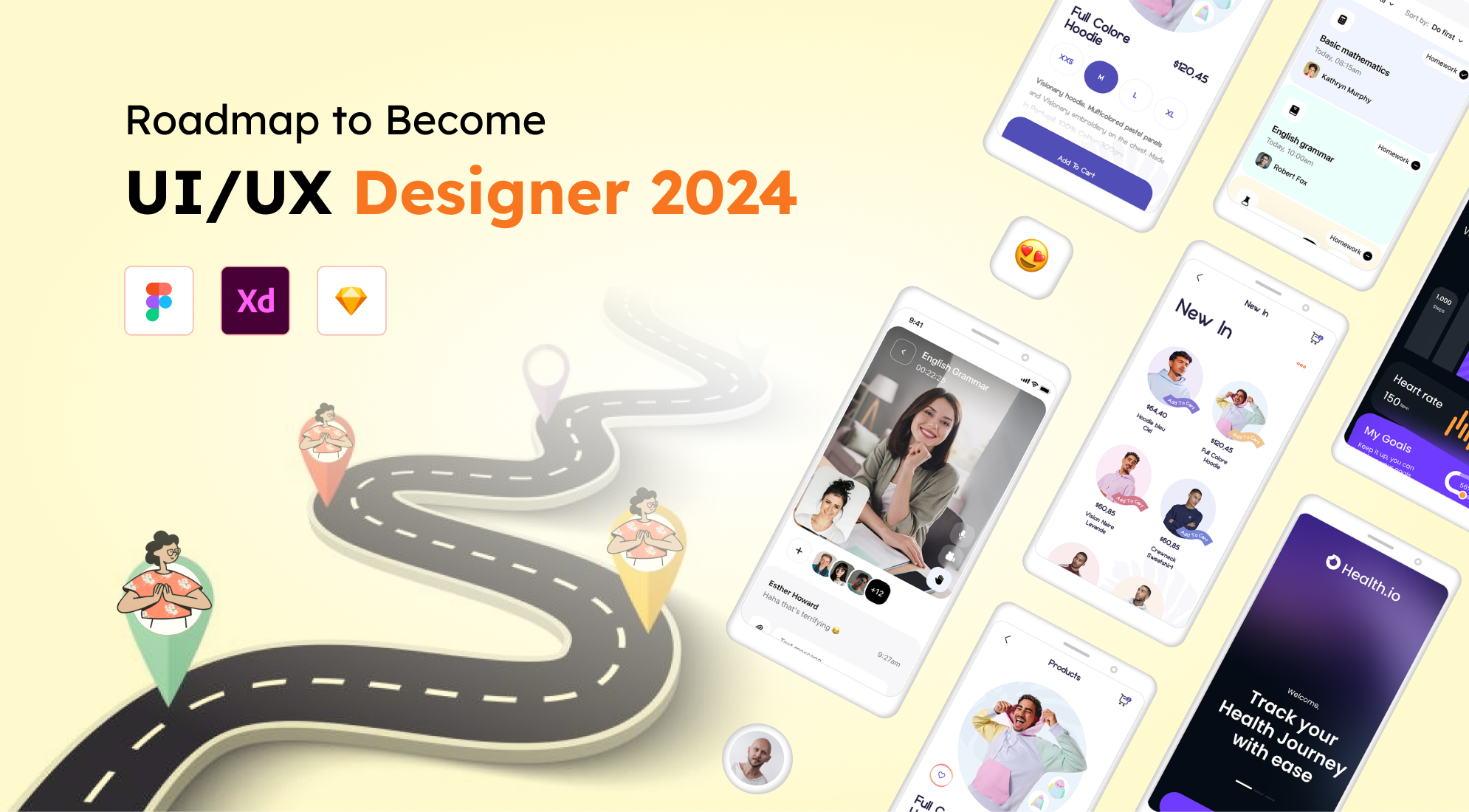Listen to the Blog
In a world where marketing speed, visual consistency, and agility matter more than ever, traditional web design handoffs between designers and developers are breaking down. Fortunately, a powerful duo is redefining how teams go from idea to live webpage. FIGMA + HubSpot
This post highlights how these two tools when used togethers are revolutionizing the design-to-CMS workflow, especially for no-code/low-code teams looking to scale quickly without sacrificing brand quality.
Figma plus HubSpot equals Instant Collaboration
Together, they’re building a future where:
- Designers prototype directly in Figma, using shared components and style guides.
- Marketers review and collaborate without needing to open a line of code.
- Developers build reusable modules in HubSpot, powered by Figma assets and design tokens.
- Content editors drag-and-drop these modules to launch new pages in minutes.
1. No-Code/Low-Code is Becoming the Normal
The no-code/low-code movement has now firmly established itself as the cornerstone of modern digital operations.
With HubSpot’s theme-based CMS, you can:
- Build modular design systems (think: headers, hero sections, CTAs) without coding from scratch.
- Allow marketers to launch pages without developers.
- Reduce bottlenecks by empowering non-technical team members.
Figma plays a key role here by acting as a single source of truth. Components in Figma mirror the modules in HubSpot, making it easier for teams to stay visually and functionally aligned.
2. Design Systems for Scalability
Gone are the days of style guides scattered across different files and folders. Today, centralized design systems have taken center stage providing a single, consistent source of truth for branding, UI components, and visual standards. These systems not only improve collaboration between designers and developers but also ensure that every digital touchpoint whether in HubSpot or elsewhere follows a consistent, scalable design language.
With Figma:
- You build libraries of approved fonts, colors, buttons, and cards.
- Designers and developers pull from the same UI kits.
- New components are updated globally and synced across teams.
With HubSpot:
- Those same components are mirrored as CMS modules or templates.
- You use variables (like typography or padding settings) from HubSpot’s theme fields that match Figma’s tokens.
Result: One design language across your brand, no matter how fast you’re growing.
3. Handoff is Becoming Hand-in-Hand
The design-to-development handoff was once a one-way drop-off. Today, it's an ongoing conversation - collaborative, continuous, and rooted in shared tools and visual clarity.
With Figma’s developer mode and inspect tools, devs get:
- Pixel-perfect specs
- Auto-generated CSS values
- Asset downloads (SVGs, PNGs, Lottie animations)
That means less back-and-forth, and more building. Combined with HubSpot’s developer-friendly CMS (via local development and GitHub integration), teams can quickly turn Figma files into live, editable, responsive modules.
Why It Matters
When your design-to-CMS workflow is this tight:
- Designers spend more time designing, not documenting.
- Marketers launch faster, with on-brand visuals.
- Developers build smarter, reusing and automating wherever possible.
- Customers get better experiences, faster.
Bonus: Tools & Tips to Start
- Use Figma Tokens plugin to sync design values with your code.
- Build a Figma-based style guide that maps directly to HubSpot theme fields.
- Adopt HubSpot’s Design Tools + Local Dev to build flexible modules.
- Encourage real-time collaboration: designers, marketers, devs in the same Figma file.








%201.png?width=1016&height=912&name=image%20(54)%201.png)